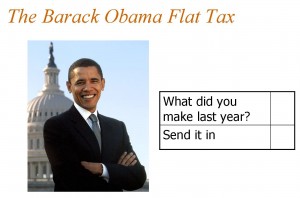
Rand is of course a candidate in the 2016 US Presidential Elections and this is his ticket he hopes would take him to the White House. Its economy has strongly rebounded since 2010, but only after an extremely hard crash has left its gross domestic product still below its 2007 peak.”Įven more recently, Senator Rand Paul, in an article on The Wall Street Journal, suggested a flat tax rate system for the US. Since the 2008 crash, Estonia has resolutely kept its flat tax and signed up for severe fiscal and monetary austerity, even joining the Euro area. Barro wrote: “Even the poster child for flat-tax fans, Estonia, isn’t looking so hot. The Czech Republic and Slovakia changed theirs to a progressive system. In it was detailed the exit of several central and eastern Europena countries from flat-rate income taxes. Then again, other factors contributed to the case as well.īut an article by Josh Barro in Bloomberg View in 2013 will argue otherwise. The country experienced an 11.7 percent gross domestic product (GDP) growth in 1997 which continuously grew between 7 and 10 percent throughout the early 2000s. The results? Estonia, Lithuania and Latvia have all experienced economic growth since switching to the system.Įstonia adopted the system in 1994 and put a 26% tax on both personal and corporate income.

While the US adopts a progressive tax system, there are other countries in the world who have imposed a flat tax rate system on both individuals and businesses.

Supporters argue that the system is fair while those who don’t find it an unpleasant situation especially for the lower income class. Having everyone pay the same rate no matter how much they make stirs debate between those who are in support of it and those who are against it. A flat tax system is where ALL taxpayers – regardless of income – pay the same tax rate.


 0 kommentar(er)
0 kommentar(er)
